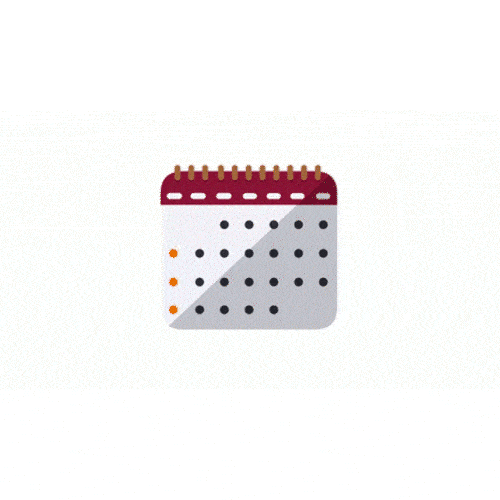How to talk about dates in English


Dates — they're more than just numbers on a calendar. They're milestones, appointments, and historical markers. Especially in US English, the way we express dates holds significance in our daily communication.
Whether you're noting down an important meeting, recounting a special memory, or even just making casual plans with a friend, saying dates correctly is essential. This comprehensive guide will elucidate the different ways to convey dates in US English, ensuring you never miss a beat (or a date)!
When Americans refer to a date, more often than not, they're using the Month-Day-Year format. Here, the month takes precedence, followed by the day and finally the year. And yes, don't forget that comma; it plays a crucial role.
Example: September 29, 2023
To read this aloud, you'd say, "September twenty-ninth, twenty twenty-three."
Though not standard in the US, the Day-Month-Year format is the norm in numerous parts of the globe. When you start with the day, followed by the month and then the year, you're using this format. A word of caution: adopting this in the US might lead to some puzzled looks!
Example: 29 September 2023
Vocalizing this date should sound like "the twenty-ninth of September, twenty twenty-three."
The Year-Month-Day format is a darling of computer systems and databases. It simply makes sorting chronologically a breeze. Beginning with the year, then the month, and lastly the day, this format often utilizes hyphens or periods as separators.
Example: 2023-09-29 or 2023.09.29
Articulating this date, you'd say, "twenty twenty-three, September twenty-ninth."
If you're in a rush or prefer to keep things succinct, abbreviations are your best friend. Most months have a shortened form, and here they are:

Example: Oct. 15, 2023
Speaking it out loud? Say "October fifteenth, twenty twenty-three."
When expressing dates, don't forget the ordinal endings! They give the day its rightful place:
While stating the year, it's common to split it:
For the lovers of the '80s or those jamming to tunes of the 2020s:

Special dates often have a unique ring to them:

Expressing dates in US English might seem daunting, but with this guide at your disposal it’s easily managed . Whether it's for professional use, academic purposes, or casual chats, knowing how to articulate dates can ensure clarity and precision. So, the next time a date pops up, you'll know just how to say it!
We are committed to equity,
diversity, and inclusion.
We welcome students,
educators, users, researchers,
and employees from a diverse
set of backgrounds.
Our own backgrounds vary in
terms of socioeconomic status,
religion, race, ethnicity,
gender
identity, sexual orientation,
age, neurodiversity,
disability,
and nationality.
In short: Be you. Do you.
We love and embrace
what makes you you. ![]()
Thank you for inviting us to assess
your web copy!
One of our copy analysts will take
a close look at your website and
get back to you right away.
We appreciate your trust. ![]()